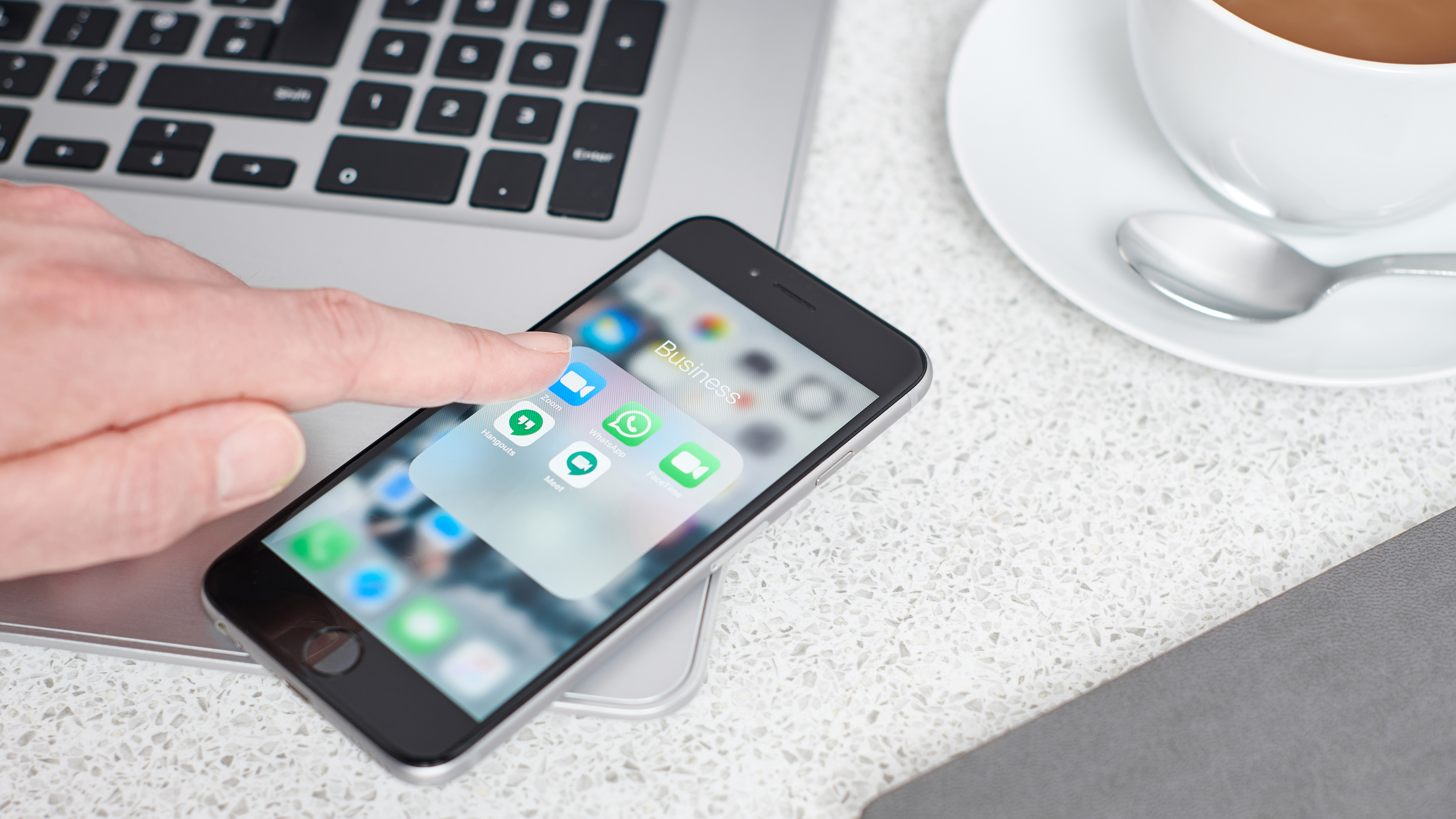There are more unused mobile phones in desk drawers than people walking the planet!
Did you know there are up to ten BILLION “dormant” phones wasting away in people's drawers, according to a new study?

We have more contact with them than other human beings and stick with us through the hard times and the good, until we chuck them in a drawer in favor of a newer, shiner model.
75% of consumers still have at least one old phone sitting around the house according to early figures from a new survey of 10,000 consumers across 26 countries by the Global System for Mobile Communications (GSMA), which represents mobile operators worldwide.
It suggests that globally, 40% of mobile phones get a second, or even third chance of life if lucky enough to be passed on to family and friends, or traded in for a newer model or cash, often over the Christmas period.
Around 14% of phones currently in use globally were purchased used or refurbished, and the used phone industry grew by 6% in 2023, while sales of new handsets fell by 4%. The GSMA also predict that the growth rate of reused and refurbished devices is projected to continue outstripping that of brand new smartphones in years to come.
We’ve all been feeling the effects of a global cost of living crisis caused by the Covid-19 pandemic, Russia’s invasion of Ukraine and subsequent crises. Combined with a growing awareness of environmental issues, this has led to people both tightening their belts, and thinking twice about single use devices.
49% of consumers said sustainability was a “very important” factor in their next mobile phone purchase – and this is higher among younger people.
However, nearly one-third of consumers hold on to their old phones as backups, contributing to an estimated five to ten billion ‘pre-loved’ phones laying dormant worldwide. 27% keep them for fear of losing stored memories of photos, while a further fifth of people simply don’t know what to do with their old phones.
Get the Digital Camera World Newsletter
The best camera deals, reviews, product advice, and unmissable photography news, direct to your inbox!
I find this shocking as I’ve had my iPhone 8 for nearly six years, and have no plans to get rid of it until it dies, but the average age of phones before replacement is around three years, with 75% only lasting between one and three years.
Almost 60% of people expect to purchase their next phone within the next two years – meaning a lot more phones in drawers – and the top two factors that drive replacement phones according to the GSMA are battery life (90%), and poor performance (87%). 50% said they would get a new phone just to get the latest model.
A recycled phone has just one tenth the environmental impact of a newly manufactured phone, according to the GSMA, and if properly recycled, five billion phones could recover USD 8 billion worth of gold, palladium, silver, copper, rare earth elements, and other critical minerals, and enough cobalt for 10 million electric car batteries.
Take a look at the best camera phone, the best lenses for iPhones and Android camera phone, the best iPhone for photography.

After graduating from Cardiff University with an Master's Degree in Journalism, Media and Communications Leonie developed a love of photography after taking a year out to travel around the world.
While visiting countries such as Mongolia, Kazakhstan, Bangladesh and Ukraine with her trusty Nikon, Leonie learned how to capture the beauty of these inspiring places, and her photography has accompanied her various freelance travel features.
As well as travel photography Leonie also has a passion for wildlife photography both in the UK and abroad.
